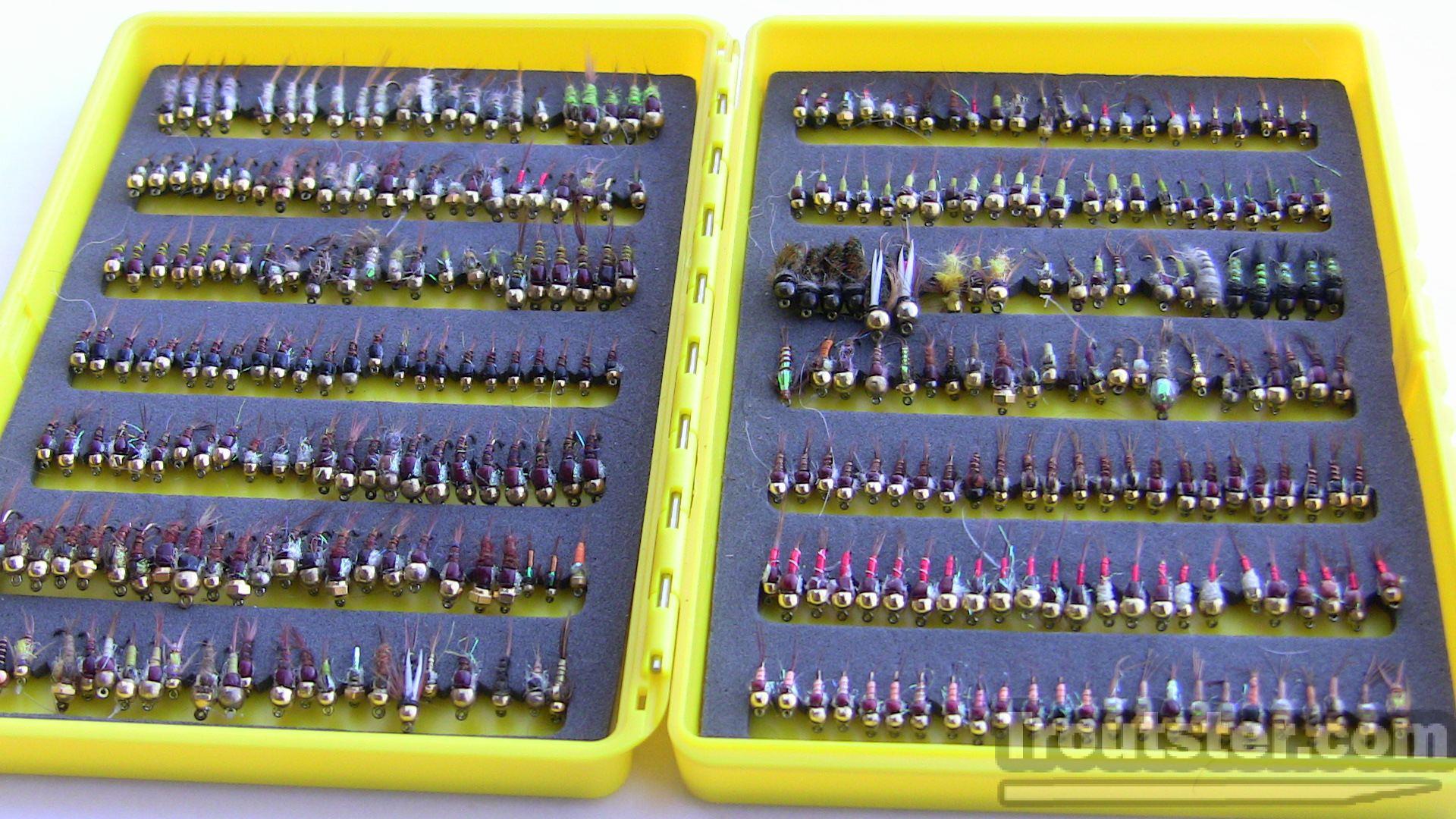This post was last updated on July 29th, 2021 at 08:12 pm
Fly boxes are about as diverse as the fishermen who use them. There are tons of different kinds available, so the goal in this post is to help you determine what is the best fly box for the flies you plan to use. There are many boxes that will work great for nymphs, but would be lousy for dry flies because they would crush the hackles—when it comes to large streamers, they need a box all of their own because of their sheer size.
Dry Fly Boxes
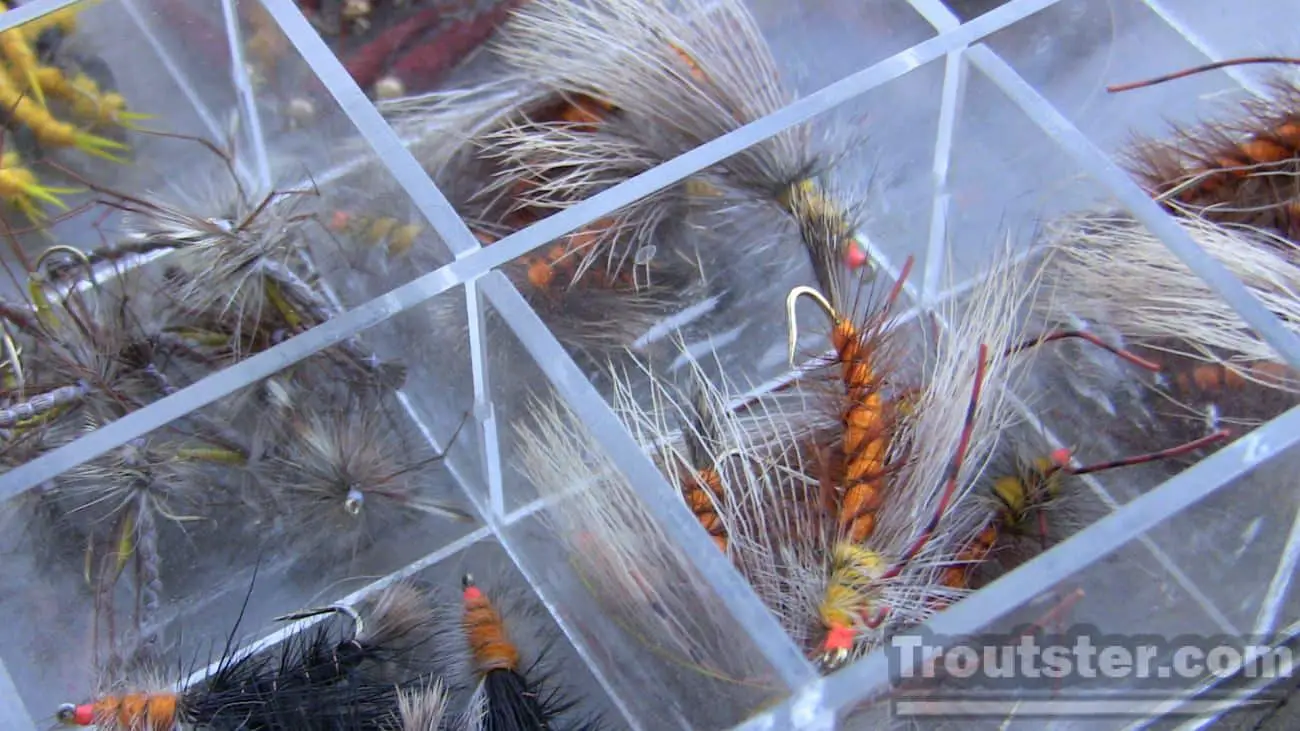
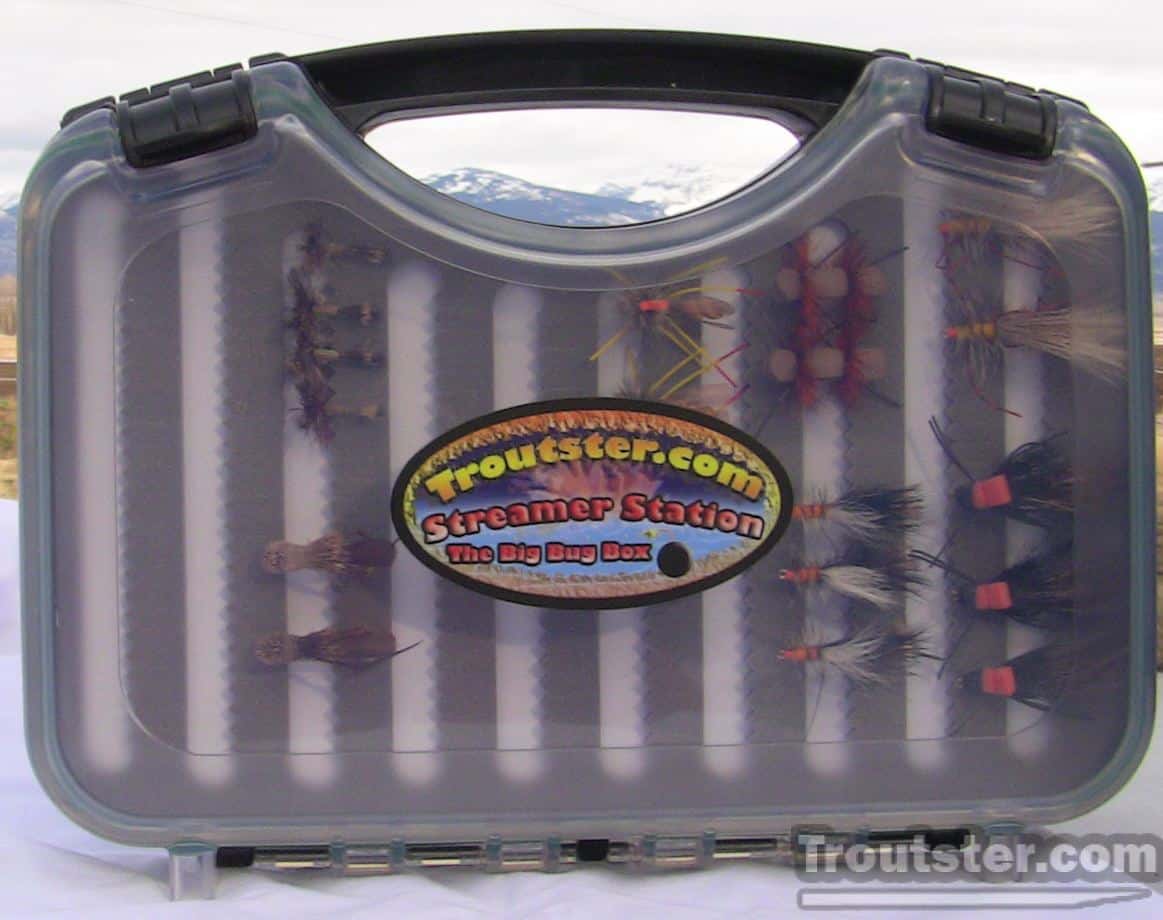
When it comes to dry flies, my personal favorite are versions with foam or closing lids. These light flies are very susceptible to being blown by the wind (I can tell you from past experience they are very hard to catch when they come out 12 at a time). Aside from the wind issue, dry flies have very important hackles that need to be kept in tip top shape—this can only happen with certain types of fly boxes. Using a box with flat foam created for nymphs will after time make your dry flies hackles take on a flat shape and cause permanent damage.
Nymph Boxes
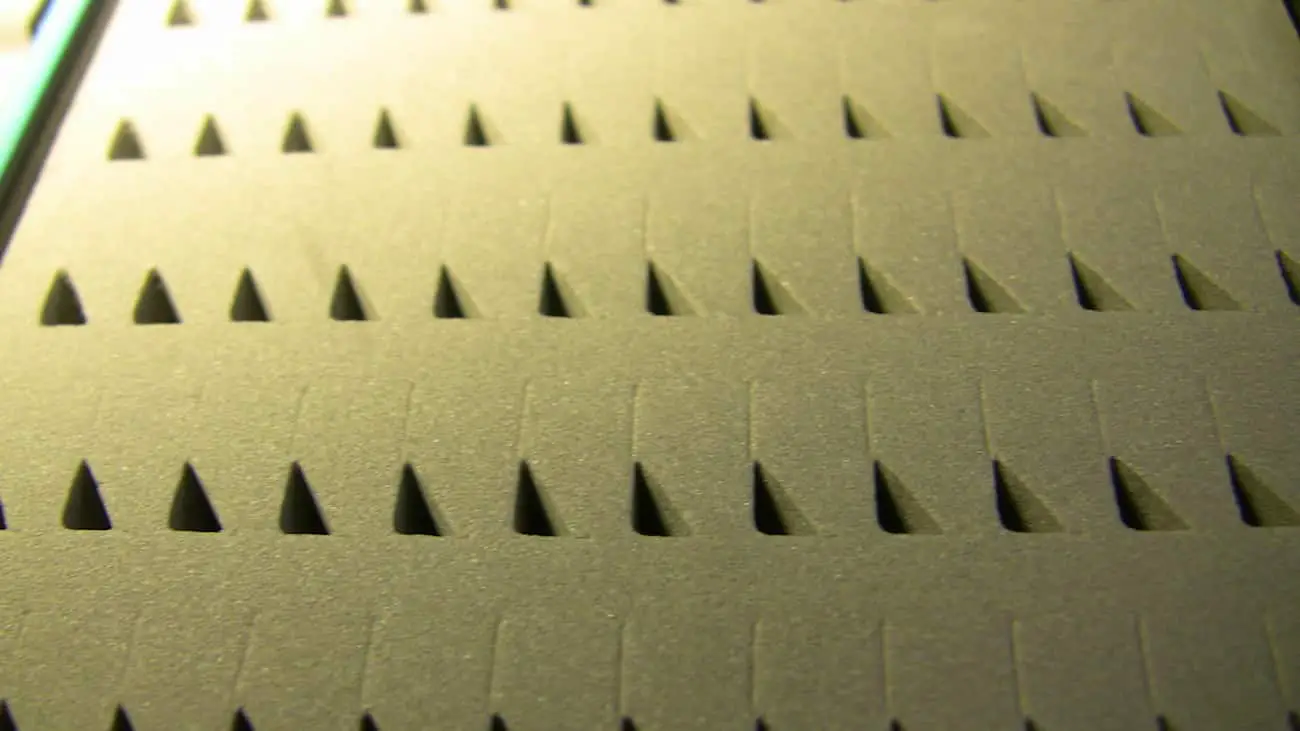
Nymphs usually don’t have sensitive hackles, so keeping them in any foam style flybox is easy. There are a lot of great nymph boxes available using a variety of materials and designs. You could use a magnetic nymph box, or any box you would typically use for your dry flies. Even super cheap craft bead boxes will work well, however these don’t really offer the ability to keep a large variety of nymphs in individual compartments without using several boxes or very large ones.
We just released a new flybox with perfect nymph style foam called the bomb proof fly box, you can check that out here.
Other Nymph Boxes
Standard Foam Fly Box
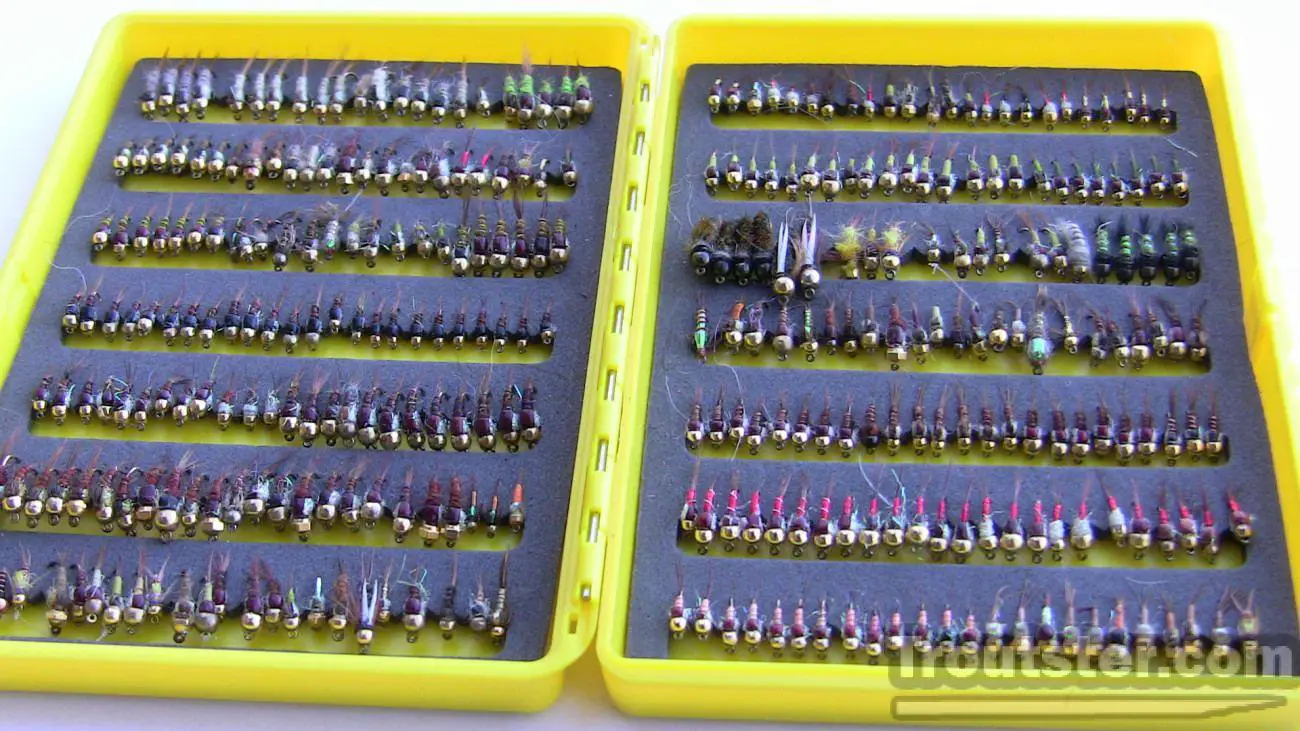
Bin Style Fly-boxes are a good choice for nymphs
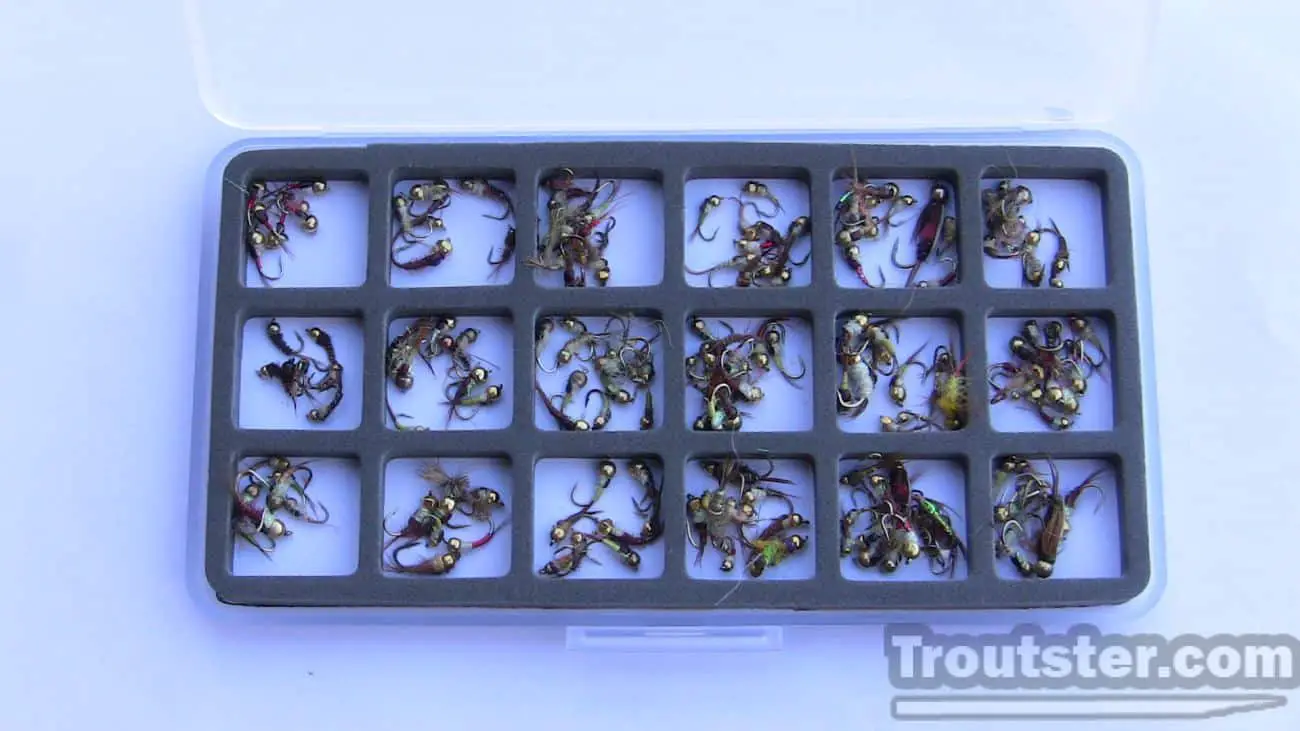
Streamer Fly Boxes
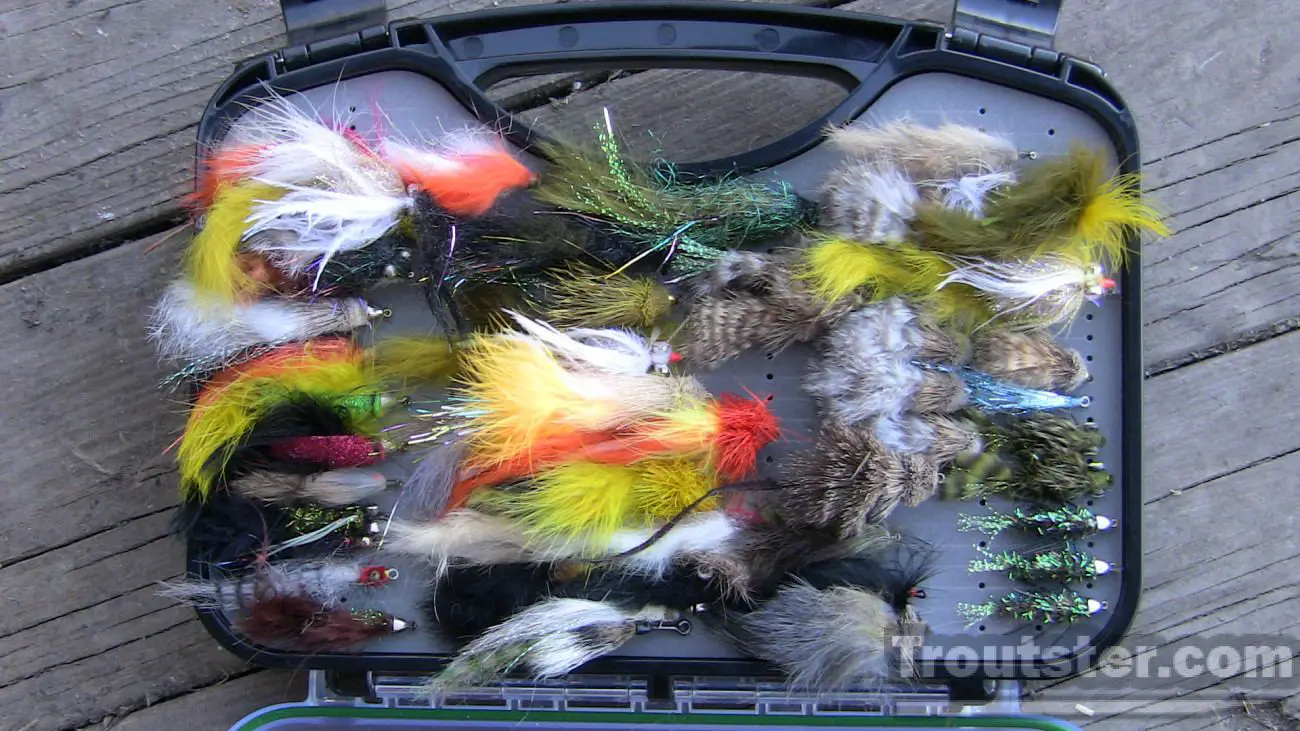
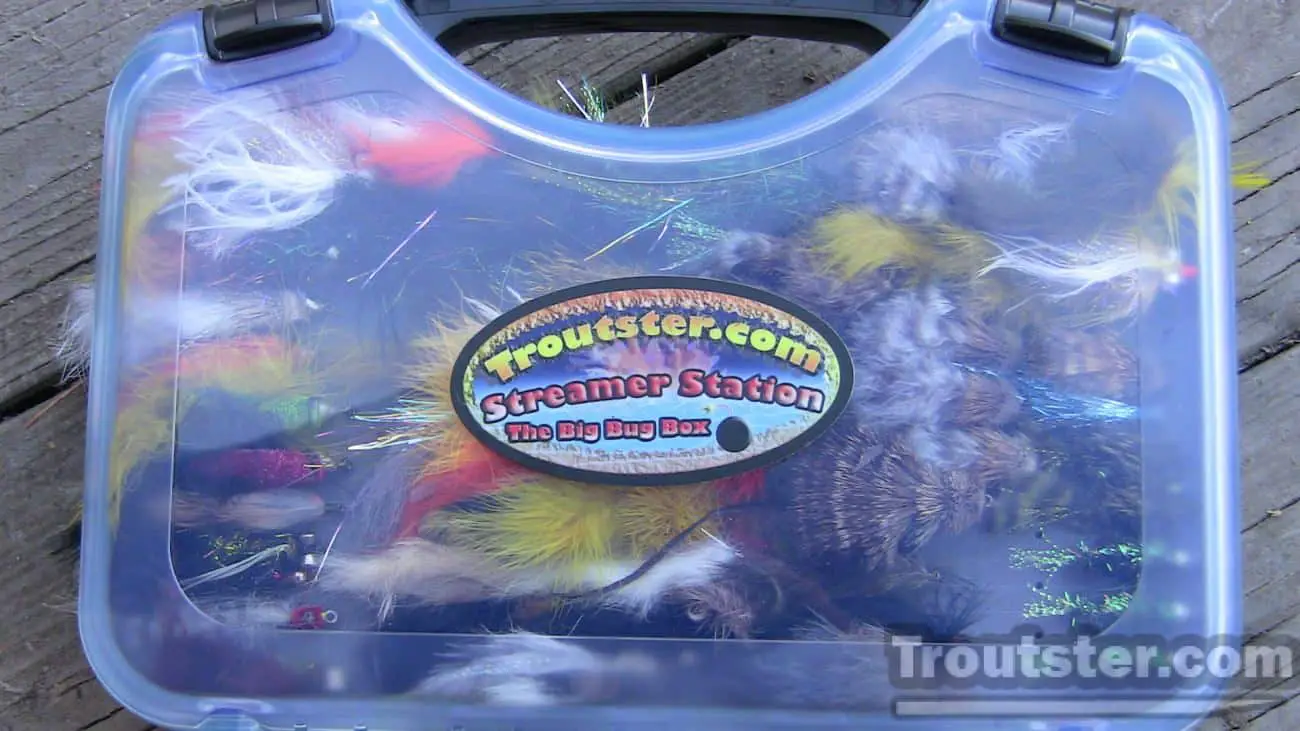
Streamers are usually quite large, making most fly boxes too small to fit enough in. As you can see in the image above, the troutster streamer station fly box is a great choice for these huge flies. Most standard sized fly-boxes are just big enough to fit ten or so streamers, which is not nearly enough for most hardcore streamer fisherman. When it comes to this type of flies, you need a variety of colors and sizes at your disposal, because fish are always changing their minds about which ones they want to eat.

